Last Updated: 05/05/2025
How to Stop a Kitten from Biting
Learn how to stop your kitten from biting and how to better understand the behaviour that might be causing it!
Author: Dr Jacqui Victor BVSc MANZCVS (Medicine of Cats)
Reading Time: 26 minutes - medium read
Welcoming your new playful furry friend into your home is an exciting and fun time, however it's not uncommon for kittens to express their natural instincts in ways we might not appreciate. Whilst biting and scratching are normal part of your feline friend's learning behaviour, it's important to guide them towards appropriate outlets to express these behaviours to ensure a harmonious relationship between you.
Have a read through this comprehensive guide to understand why kittens bite and scratch, how to read your kitten's body language, as well as practical steps you can take to stop your kitten from biting and scratching. Whether you're a new cat parent or looking to refine your skills, this article will help create a happy and safe environment for you and your furry friend.
Understanding Kitten Biting Behaviour

We all know how much little kittens love to have fun, and kittens will naturally scratch and bite as part of play and socialisation as they grow up. Their play fighting may involve some rough wrestling, however kittens will always interrupt this when if it becomes too much. If a kitten bites their littermate too hard, that kitten will cry to let the other know. This is important that kittens realise their boundaries, so they learn how to play appropriately.
Biting due to play aggression is more common in kittens or young adults that are the only cat in the household and thus have not learnt to inhibit their biting when playing with their siblings, and so we as owners become their unwilling victims!
Sometimes biting may be a fear response. If your kitten has not been well socialised or handled prior to adoption, they may be fearful of their new environment. It's important to take the time with these kitties to slowly get them used to being handled by patting them slowly several times a day and rewarding them with some treats to make this a positive experience. Feliway is a great addition to your home to help make your kitten feel more comfortable in their new surroundings. However if your kitten continues to be fearful, or suddenly starts biting or scratching when they previously didn't, please consult your veterinarian.
Reading Your Kitten's Body Language
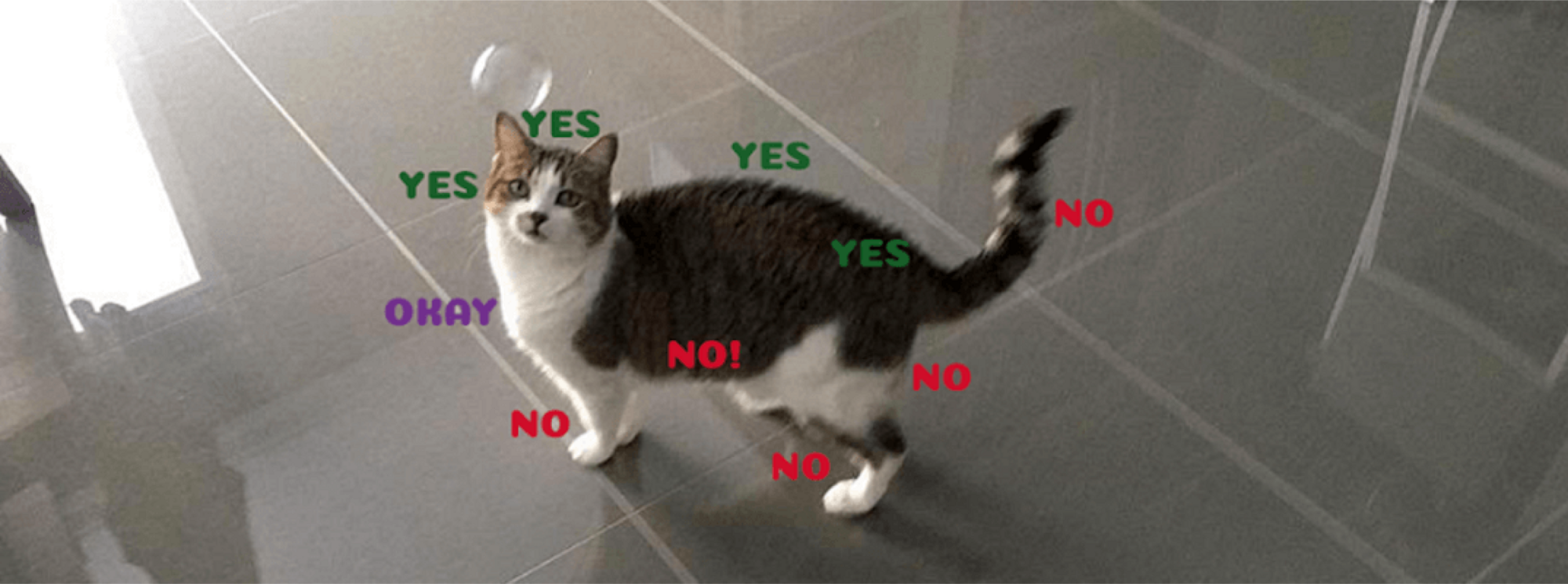
Many cats and kittens have "no go" zones where they don't like to be touched, and may bite in an attempt to stop you. Familiarise yourself with the "safe" zones to ensure your patting sessions are positive and your hands are kept out of danger.
Most kitties will give you a warning sign before they attack, and learning to read these signs ensures the interactions between you and your feline friend are positive and safe. As soon as you see the first warning sign, stop stroking immediately as they are telling you they have had enough! Give them their space by quietly removing yourself from the situation, otherwise you can distract them using toys to redirect their attention elsewhere. After this, let your kitten be the one to reapproach you which they will do when they are ready.
Warning signs include:

Purring stops

Flattened ears that are rotated backwards

Dilated (widened) pupils

Twitching tail

Tense body

Hissing or growling
Most cats and kittens have a limit on the length of patting session they wish, and they will let you know when they've had enough. I'm sure we've all been there - one minute you'll be having a patting nice moment and the next, the love bite happens. This is because when a cat feels too relaxed and comfortable, they get into a battle with themselves between enjoyment and potential danger, which can result in a sudden lashing out to escape the situation. Each individual cat will have their own threshold, with some tolerating more petting than others. Understanding your kitten's limit and preference of petting locations will help you avoid being an unfortunate target!
For more information, have a read of our article: How to Read Your Cat's Body Language.
Prevent Biting: Avoid Rough Play and Redirect Attention

Teaching your kitten how to play appropriately is imperative to keep you out of harm's way! Although it can be tempting to play with your kitten with your fingers and hands, this puts you right in the firing line! Redirect your kitten's attention to a teaser toy to show them an acceptable way to play, and reward these constructive play sessions using your kitten's favourite treat.
Make sure to provide your little one with a variety of different toys, and rotate them every fortnight to keep your kitten constantly engaged. This allows them to express their natural hunting instinct, without causing you any bodily harm!
If your kitten does happen to bite you too hard, say a loud "OUCH" and redirect your kitten to an appropriate toy to play with instead. This mimics the cry their sibling would let out if they played too rough, and your kitten will soon realise they have pushed the boundary too far with their tough play. If your kitten is overstimulated, you can put them in quiet room for some "time out" until they have calmed down.
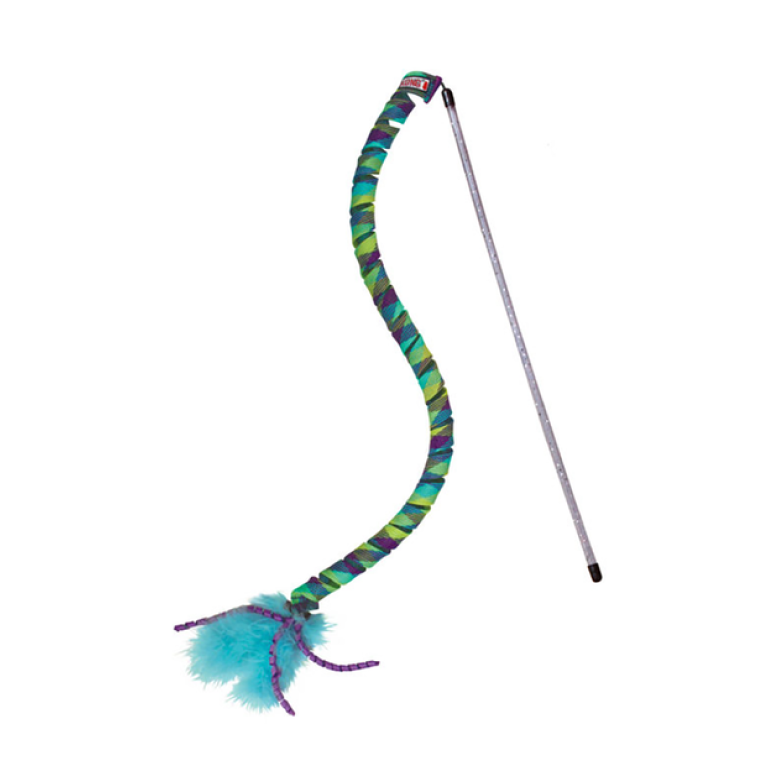

Prevent Scratching: Trim Nails and Provide Plenty of Scratching Posts
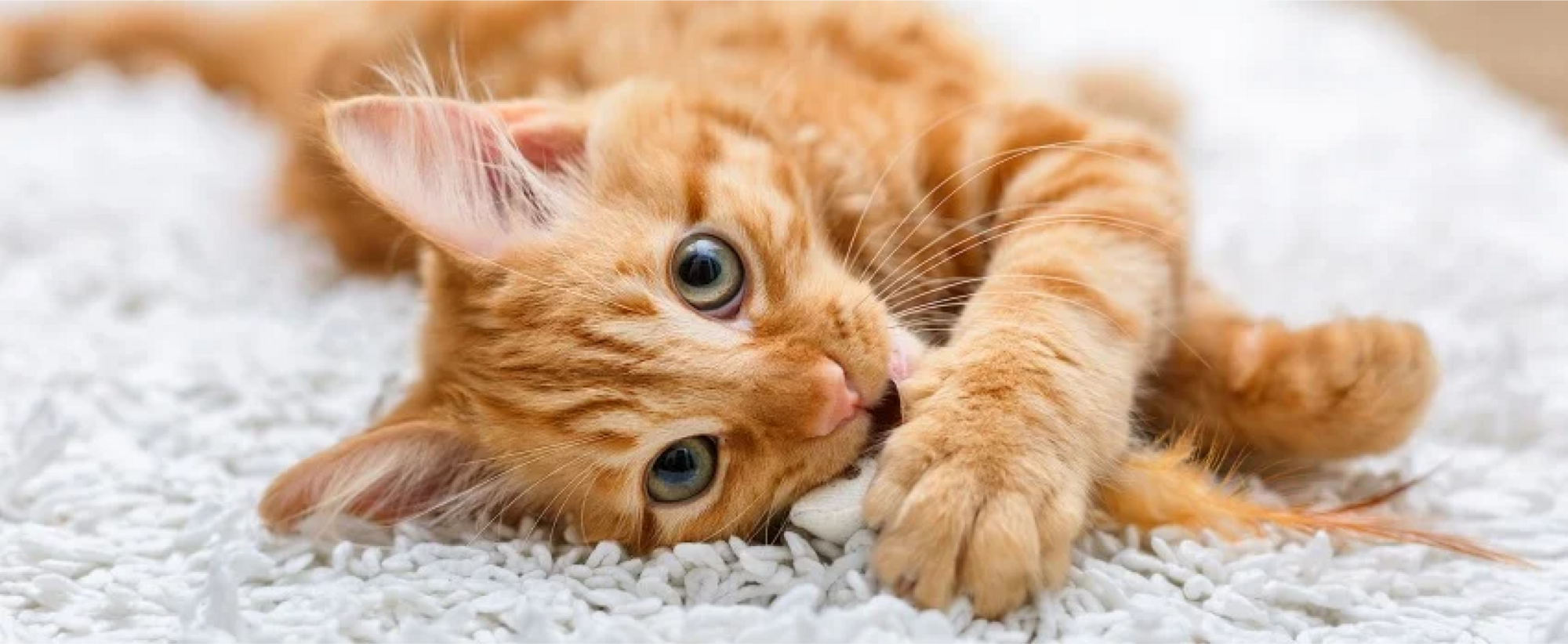
Scratching is a normal part of feline behaviour as it allows them to mark their territory, remove the dead outer layer of their claws to keep them sharp, and also helps exercise and stretch their muscles. If your kitten is solely indoors, regularly trim their claws using cat clippers to minimise the damage that can be caused by scratches. Note that nail trimming is not recommended for outdoor cats as they rely on their sharp claws to climb trees to safely escape from predators.
To find out how to trim your kitten's nails in a positive and stress-free way, have a read of our article: How to Trim Your Cat's Nails.
Providing your cat with plenty of scratching posts is imperative for allowing them to express their innate scratching behaviour (without ruining your furniture!). Each cat and kitten will have their individual preference in regards to scratching posts including location, orientation (horizontal vs vertical), and type of material such as cardboard, sisal rope and carpet. Make sure your scratching posts are tall enough to allow your cat to fully stretch, and place them in locations where your kitten likes to scratch such as near their bed so they can scratch just after they have woken up from a nap, or near a window so they can watch the world go by. Cats love to have choices, so make sure to offer multiple scratchers in different locations so your cat has the freedom to choose! This is particularly important in multi-cat households so that each of your cats have their own resources without having to battle it out!
The general rule of thumb is one scratching post per cat, plus one extra.
For example if you have 1 cat, you should provide 2 scratching posts, and if you have 2 cats, you would need 3 scratching posts, and so on.
To help encourage your kitten to use a scratching post, you can spray some catnip spray around the post to encourage them to scratch. You can also play with a teaser toy to encourage scratching the post. You can then reward your kitten with a treat when they use the scratcher appropriately, to positively reinforce the experience.
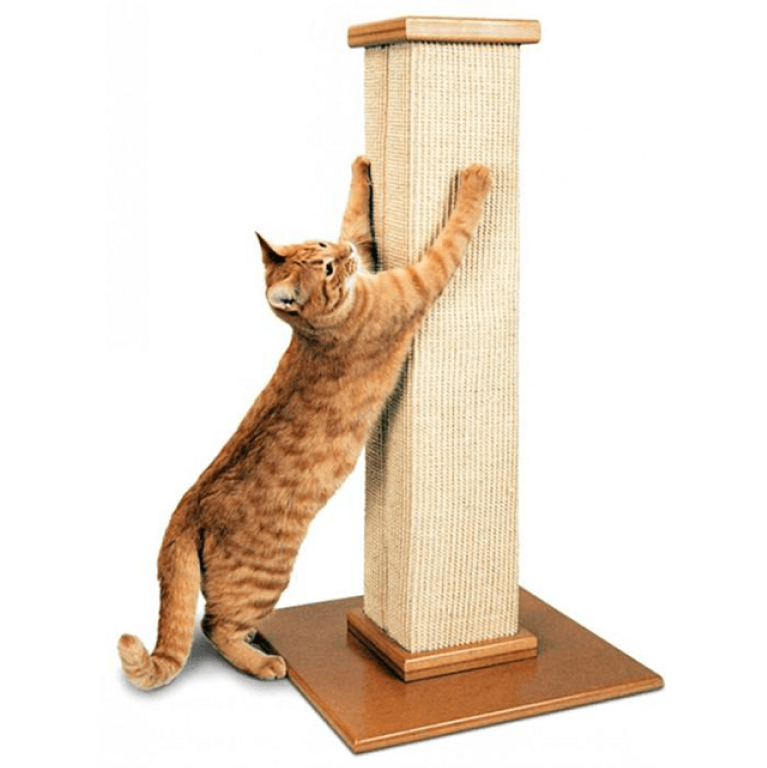
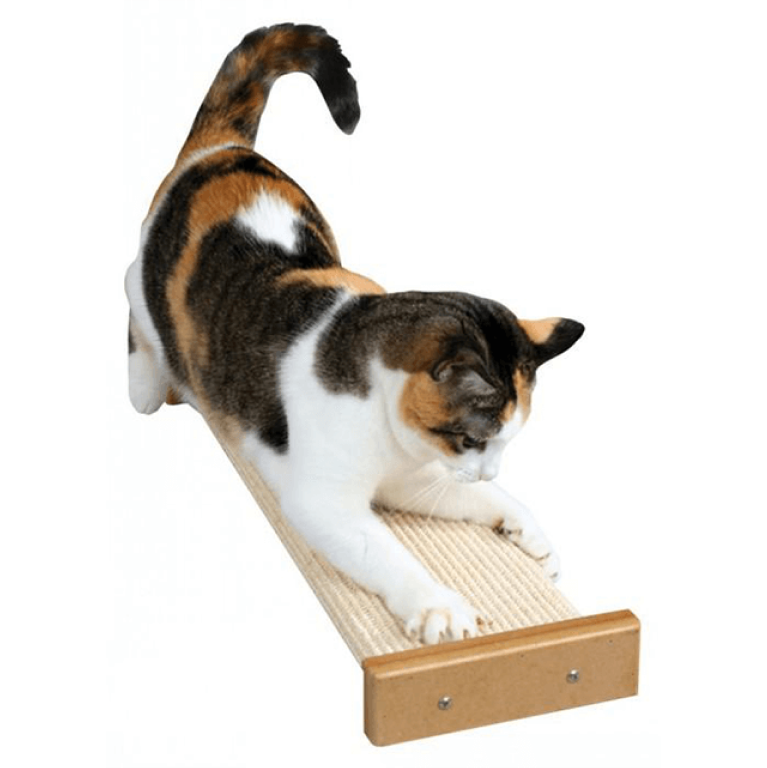
Seek Professional Help

Being consistent and providing plenty of appropriate outlets for your kitten is vital to ensure a positive and safe environment for everyone, and to help foster the bond between you and your kitten.
If you're still struggling to get your kitten's biting or scratching behaviours under control, or if your kitten has suddenly started biting and previously was not displaying this behaviour, then this can be an indication that your little one is in pain and warrants a vet check-up.
Further reading
Want to know more? Check out our Discover Page for more tips on keeping your pets happy and healthy.